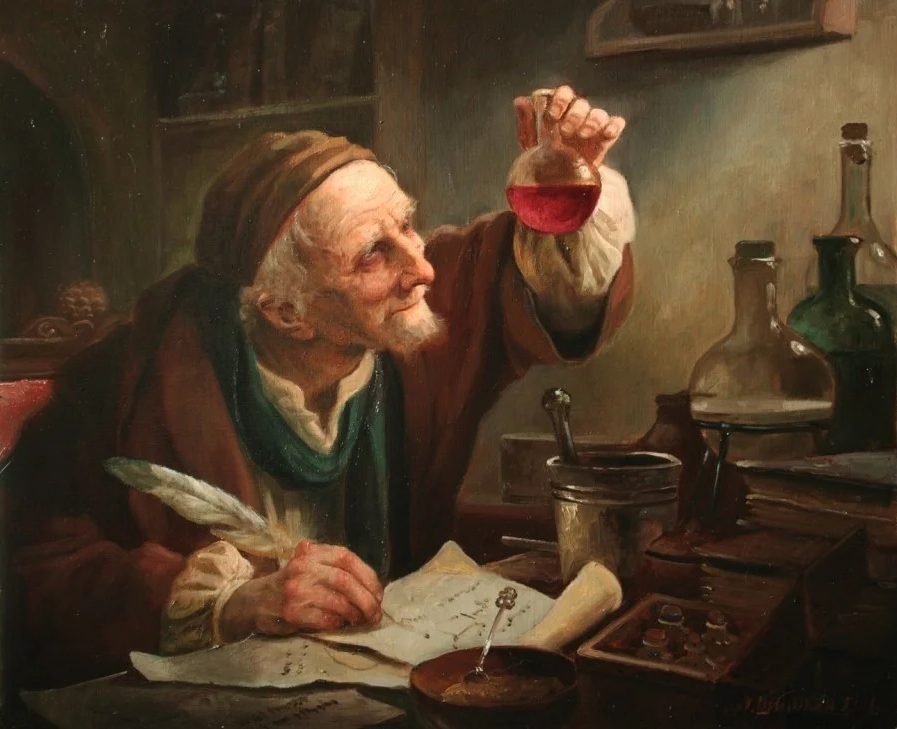
Modeling is the third direction, after experimentation and analysis, in effective drug design. It significantly expands the combinatorial capabilities of the researcher in innovative developments. With prolonged experiments, modeling allows you to speed up the moment of obtaining results and narrow the range of options under study.
The instrumental dosing model allows you to use this tool without additional preparation in practical work on the creation of drugs.
Limited use of modeling is due to lack of manufacturability in practical use. The following is a dispensing model based on the work of Robert Palmer. The basic model is supplemented with new functionality and interface, and is also formalized as a tool.
The PK / PD drug distribution model is being developed to study its biological effect, assessed by the degree of change in the most sensitive marker that is involved in the mechanism of drug action.
The formation of the model is based on the description of the pharmacokinetics (adsorption, distribution and elimination) and pharmacodynamics (the relationship between its concentration and the effect on the marker) characteristic of the substance.
Using the PK / PD model, it is possible to determine the dose that will lead to the minimum biological effect (MBE) of the drug, and, therefore, the possible initial doses of the drug.
The model presented drugTEST based on the following mechanism of action: the substance subAN binds to the target molecule target , forming a complex stCOM . Biomarker is THEN (target occupancy): the relative amount of target , related subAN .
This model is built using components BioChem library SystemModeler .
The model includes two compartments (with constant volume):
- basic - compartment where the main reaction takes place;
- subsequent - a compartment involved in non-specific binding or drug redistribution.

Model diagram
To describe the pharmacokinetics of subAN , the following data are entered:
- by the speed of appearance of subAN in the basic- compartment;
- for the elimination of subAN by direct removal and binding to targets with their subsequent degradation.
The pharmacodynamics of subAN are described by reactions of target synthesis, degradation and target binding .
Features of chemical reactions (stoichiometric coefficients, rates), concentrations of substrates and reagents are set through the input dependent and independent parameters.
In this model, the reaction rates are described by the parameters entered by the user, including:
ke l for the subAN-> elim_subAN reaction ;
kint for reaction stBIN-> deg_complex ;
ksyn for the target fusion reaction ;
kdeg for react target-> deg_target .
Let's see how the model works. To simplify the presentation of the model, we assume that the main binding reaction of the active substance with target molecules occurs in the blood plasma.
Let's form an input signal . It is clear that the rate of appearance of subAN in the basic compartment depends on the total dose of the drug ( dose ) and the route of administration.
For intravenous infusion, set the time ( infusionT ). Then the rate of drug appearance in plasma during the infusion period will be ( dose / infusionT ).
Therefore, we form the input signal by defining a piecewise function having the values of dose / infusionT to infusionTmin and 0 otherwise.
Let's select specific data and simulate the model.


Consider the dynamics of the concentration of matter and target in plasma.



The graphs show that the concentration of the administered drug in the plasma almost immediately reaches a peak, then decreases nonlinearly as a result of the distribution and elimination of the substance. The concentration of free target molecules decreases by binding to the substance, and then slowly returns to the initial level as the amount of the substance decreases.
Calculation of the minimum biological effect . As MBE, we take 10% TO . Then, determining the recommended starting dose is to find the subAN dose that will give 10% TO .
Let's estimate the maximum target load in the given example.


The maximum target load is almost 97%. This is much higher than the target 10%, i.e. the 20 mg dose is too high.
Selection of doses . Let us determine the lowest concentration at which MBE will be observed associated with the maximum occupancy of targets (with a minimum on the graph). To do this, we construct a graph of the dependence of the maximum TO on the doses used from 0 to 100 mg. Since the maximum effect is observed in the first hours of application, we simulate the model for 6 hours.
Let's create a simulation table for each dose.


We build a graph of the dependence of the maximum TO on the studied doses.

Interpolating the data, we obtain the minimum dose, the maximum response to which corresponds to 10% TO: 0.327698.
To understand how the reaction will proceed with other parameters of the input signal and the model itself, you can create an interactive structure .
It will allow you to evaluate changes in output signals when varying parameters. For example, the first figure shows the results for the initial data, the second: the results when the dose is changed to 4; on the third - the results when changing the parameters of the model (the volume of the compartment and the concentration of target molecules):



Such a model can be quite simply adapted for various biochemical processes occurring in the tissues and organs of the body and formalized as a tool (model).